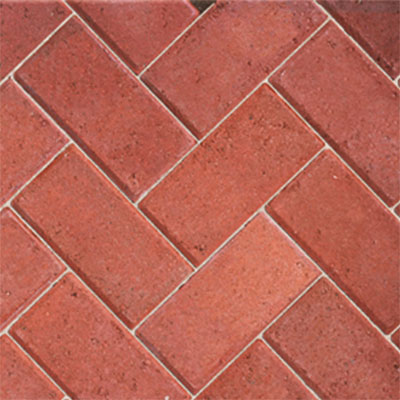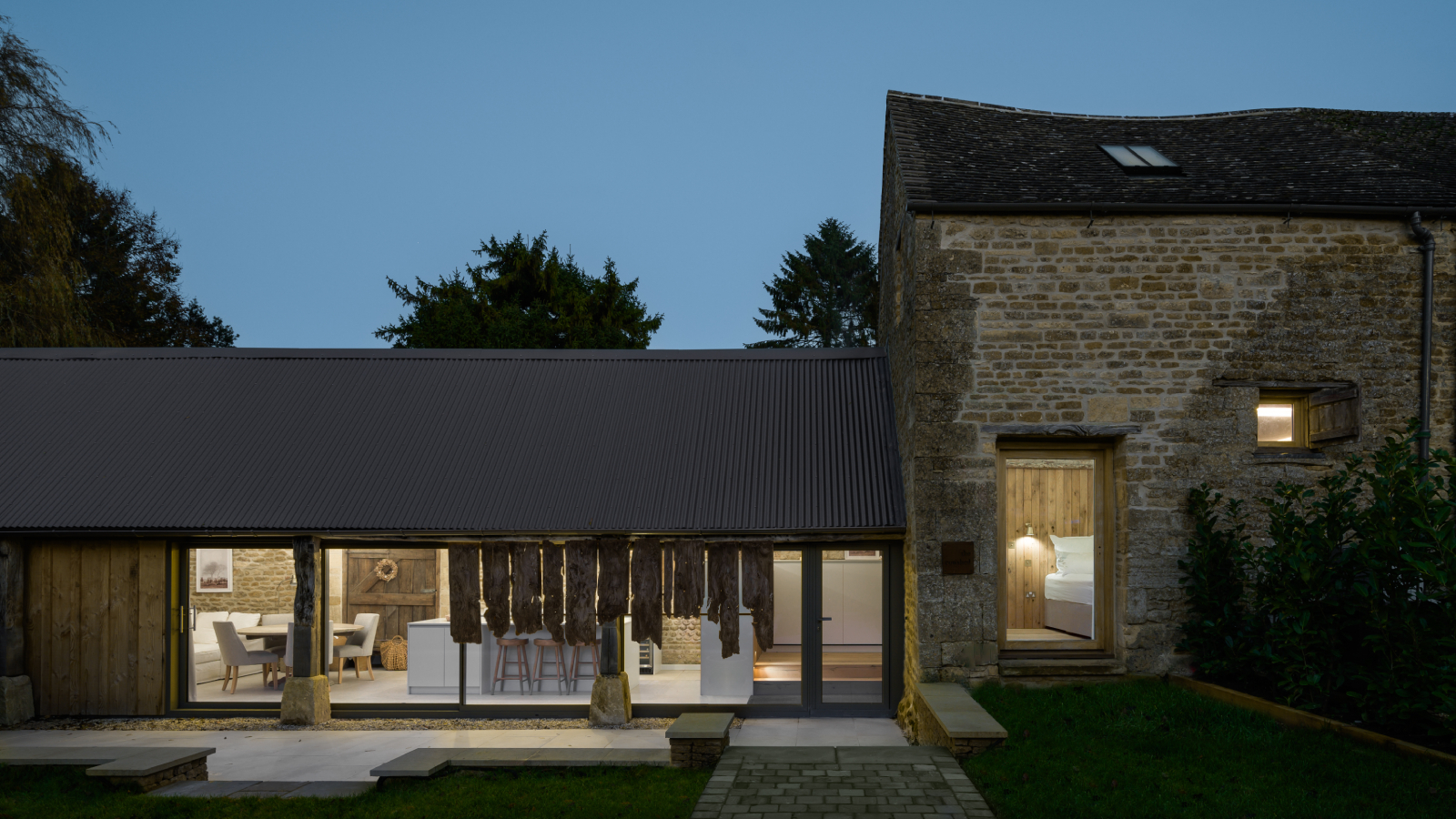Don't let these silly driveway mistakes ruin the kerb appeal of your home
Ensure your new driveway delivers on every level by avoiding these common blunders
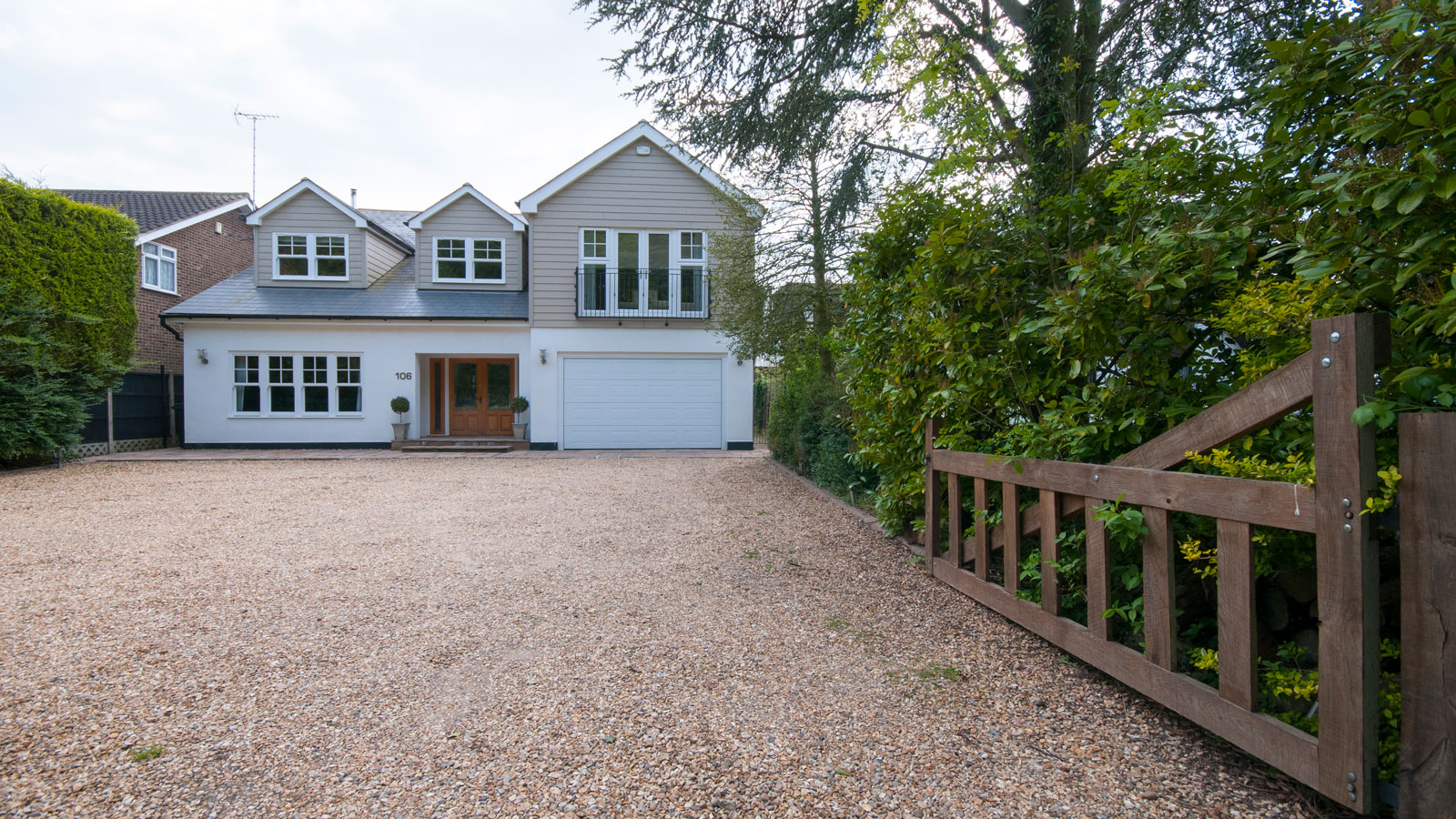
Your driveway plays a huge role in the overall kerb appeal of your home and, as such, you want to steer clear making any common driveway mistakes if you want it to help create a good first impression.
At the same time as having the potential to enhance the appearance of your house, your driveway ideas also need to work well on a practical level and be up to the job of withstanding heavy vehicles.
Everything, from the layout of your driveway to the materials you use, will have an effect on the success of this element of your home meaning it is important to plan and execute its construction really carefully. With this in mind, we're here to warn you of the top mistakes often made when it comes to driveways so you can be sure you won't fall foul of any of them.
Why do driveway mistakes matter?
You might not have given too much thought to your driveway design, but this is one aspect of your property that really can make or break both how your home looks, as well as how it performs for you.
"A good-looking, presentable driveway really adds to your property's kerb appeal," picks up Trevor Knight, technical garden and driveway specialist for Marshalls Plc. "But when designing a driveway, you have to consider many factors. These can influence your driveway's durability, appearance, and usability in the long and short term.
"Careful planning and good preparation are essential to help reduce the chances of hidden costs and any ongoing issues," he adds.

Trevor is technical garden and driveway specialist at Marshalls Plc. Marshalls has been around since the 1890s and specialise in landscape, building and roofing products.
1. Failing to take into account your needs
Good driveway design should start way before any actual construction work commences. The secret to getting this element of your home right lies in proper planning.
Bring your dream home to life with expert advice, how to guides and design inspiration. Sign up for our newsletter and get two free tickets to a Homebuilding & Renovating Show near you.
If you fail to think through how you want to use the new area, you risk ending up with something that is impractical for your lifestyle or that totally ruins your home's kerb appeal.
You need to ask yourself the following questions before coming up with a design:
- How many vehicles do you need to fit onto your new driveway?
- Is it just cars you need to get onto your driveway, or are there some heavier vehicles, such as vans, to take into account?
- How much do you want to spend on your new driveway?
- Do you want to install it on a DIY basis?
- Will you want any planted areas within the design?
- How will you ensure your home retains a sense of privacy?
Once you have the answers to these questions, you are in a far safer position in terms of avoiding mistakes.
2. Skipping the preparation stage
A great driveway begins with great preparation. Skip this stage at your peril. Without proper ground preparation, the driveway materials you subsequently lay could sink or be overrun with weeds before you know it.
All driveways need a good crushed aggregate sub-base and, if you are laying gravel, a good weed membrane will also cut down on maintenance.
If you are bringing in a professional to install your new driveway, make sure that their quotes include ground preparation to avoid any nasty surprises when they hand you their bill.

3. Overlooking drainage requirements
Another huge mistake people often make is to ignore the need for driveway drainage measures, such as a soakaway for driveways.
“One of the most common mistakes made when designing a driveway is overlooking drainage," agrees Trevor Knight. "Without the correct drainage, you can expect to see water accumulation in areas you don’t need it, which in turn can cause standing water and potentially cause future structural damage to your property. Water that can’t drain properly can wash out and destabilise the driveway's base materials, causing cracks and other structural issues over time. To avoid this, ensure that you choose the right drainage option for your driveway.
"If your driveway is on flat land, permeable paving is a great solution to help water drain away back to the ground to a specially prepared subbase below. But if your driveway is on a slight incline, and you prefer a particular style, you could incorporate a hard-wearing drain (such as Driveline Drains and channels), which will collect the water as it cascades, reducing surface water run off.
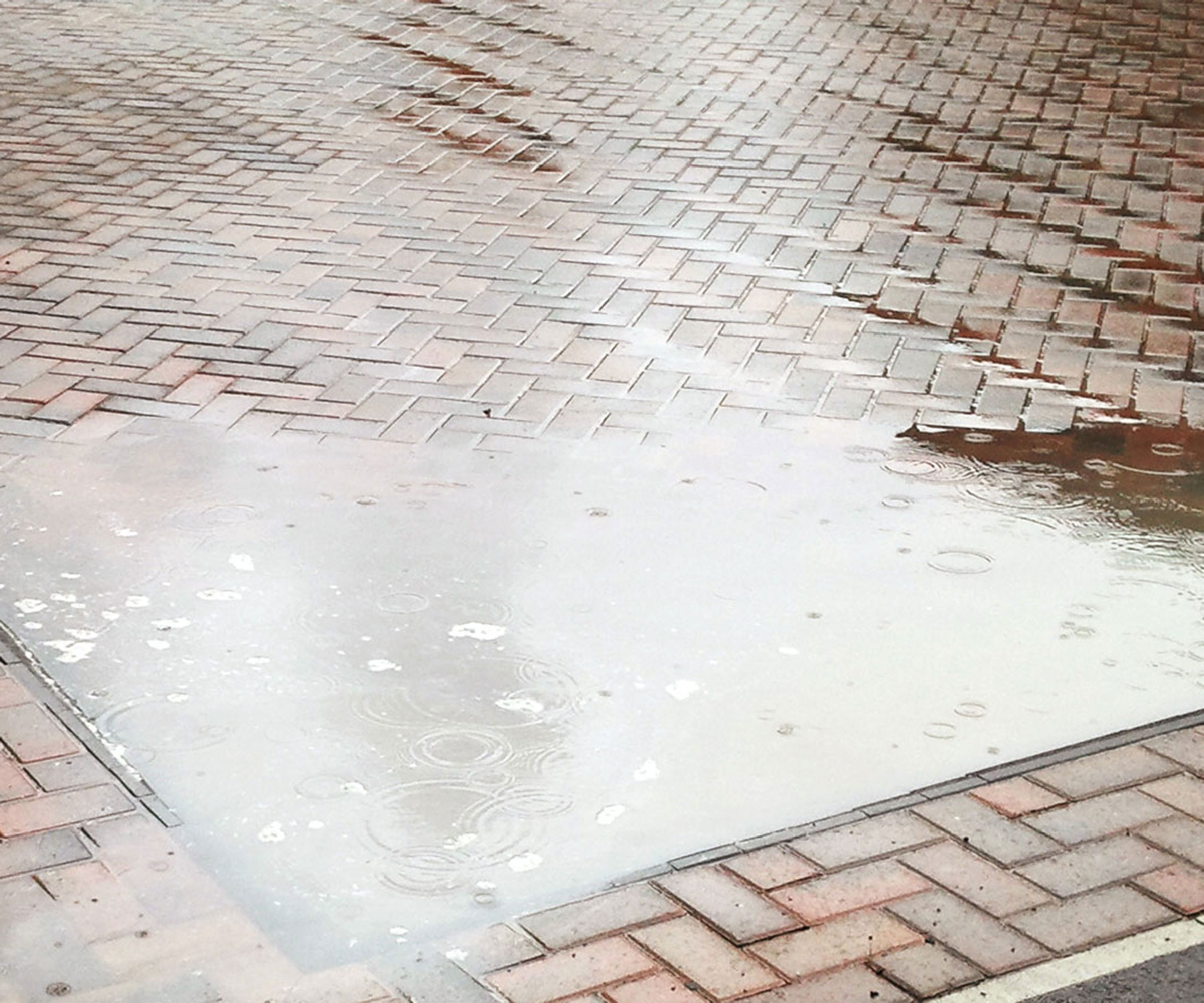
4. Getting the size of the driveway wrong
It might sound obvious, but your driveway needs to be big enough to fit your cars on – plus, there needs to be space for opening doors and to manoeuvre them around too.
While there is no minimum size, the experts at Checkatrade, recommend that, for a single car, a driveway of 3m wide x 4.8m long is ideal. For two cars, aim for at least 4.8m wide x 4.8m long.
In addition, you need to think about accessibility – will you, for example, need wheelchair access to and from the vehicle? The driveway entrance also needs to be wide enough to easily turn into from the road. Building regulations Part M is a useful starting point for self-builders.
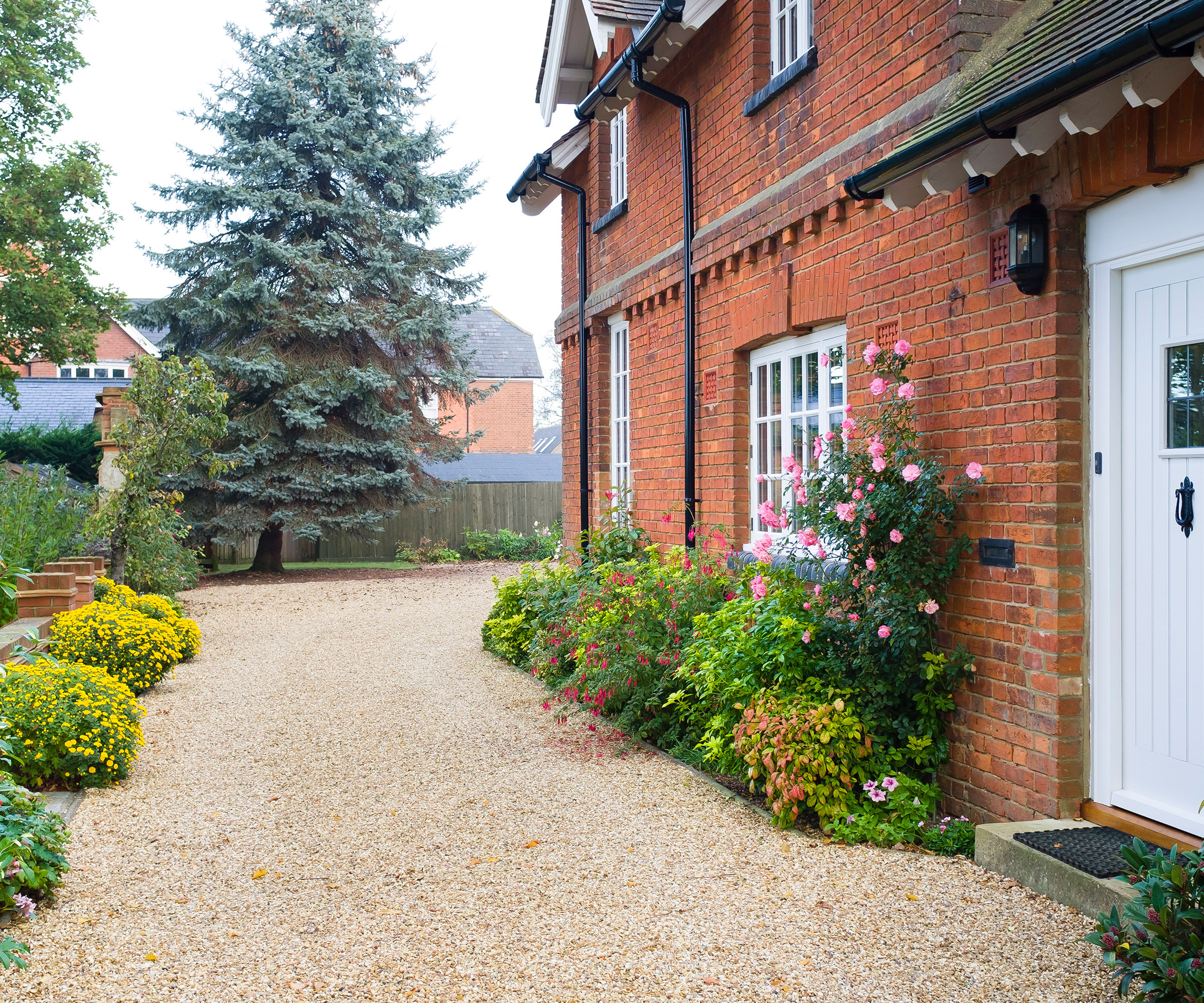
5. Scrimping on finishing materials
The materials you choose for the top layer of your driveway need to do far more than look pretty – they should be tough enough to take the weight of vehicles and to withstand all kinds of weather conditions too.
“Selecting sub-standard materials is a common mistake when designing a driveway," says Trevor Knight. "Some people may be inclined to sacrifice quality for affordability. However, this isn’t always the most cost-effective choice. If you opt for low-quality materials, you are more likely to face maintenance issues in the future, requiring replacement paving and further expense.
"Quality doesn’t need to be sacrificed for affordability, there are many cost-effective materials available that are durable, appealing and long-lasting," continues Trevor. "For example, concrete block paving is a popular choice for driveways, offering an attractive finish and a variety of layout options to suit most homes."
The cheapest option are gravel driveways, starting at around £30 per m². At the top of the price scale lie resin driveways, at roughly £70 per m².

6. Assuming you won't need planning permission
While planning permission for driveways isn't always necessary, never assume this without checking first.
In many cases, driveways fall under permitted development, but there are always exceptions. For example, if you live in a listed property or in a conservation area, different rules are likely to apply.
The size of your new driveway, whether or not you are getting rid of a front garden in place of somewhere to park, as well as the type of house you live in will all play a role in this situation. In short, check with your local planning office before doing anything.
7. Forgetting the need for a dropped kerb
If you are creating a brand new driveway from scratch, or turning an existing front garden into a driveway, there is a strong likelihood that a dropped kerb will be involved. This will allow you to get from the road, across the pavement and into your driveway.
You can't just go ahead and start digging up the pavement – you will need to apply to your local highway authority for a dropped kerb or domestic vehicle crossing licence first.
In some cases, planning permission may also be required – those whose property lies on a classified road, is in a conservation area or is listed will almost certainly need planning permission for this.

8. Getting the installation wrong
Much of the longevity of your driveway is hinged on its installation – this is definitely no time for 'winging it'.
"The biggest issues normally arise from the installation," picks up Trevor Knight, who strongly recommends using an experienced installer.
"We recommend selecting an Accredited Installer from Marshalls who will ensure the quality is there from start to finish," he says. "There is a network across the UK, ensuring you get a driveway you will be proud to call yours.”
That said, many people do investigate how to lay a gravel driveway and feel it is a job they feel confident tackling.
FAQs
What are the building regulations for driveways?
Even if you find that you don't need planning permission for your new driveway, it may still need to comply with building regulations – specifically those relating to driveway drainage and surface water management.
If you will be using a non-permeable material on a driveway surface larger than 5m2, a drainage system must be installed to prevent flooding and erosion.
While you most certainly don't want to scrimp on your new driveway, there are plenty of cheap driveway ideas around that don't mean sacrificing on quality.
Natasha was Homebuilding & Renovating’s Associate Content Editor and was a member of the Homebuilding team for over two decades. In her role on Homebuilding & Renovating she imparted her knowledge on a wide range of renovation topics, from window condensation to renovating bathrooms, to removing walls and adding an extension. She continues to write for Homebuilding on these topics, and more. An experienced journalist and renovation expert, she also writes for a number of other homes titles, including Homes & Gardens and Ideal Homes. Over the years Natasha has renovated and carried out a side extension to a Victorian terrace. She is currently living in the rural Edwardian cottage she renovated and extended on a largely DIY basis, living on site for the duration of the project.
